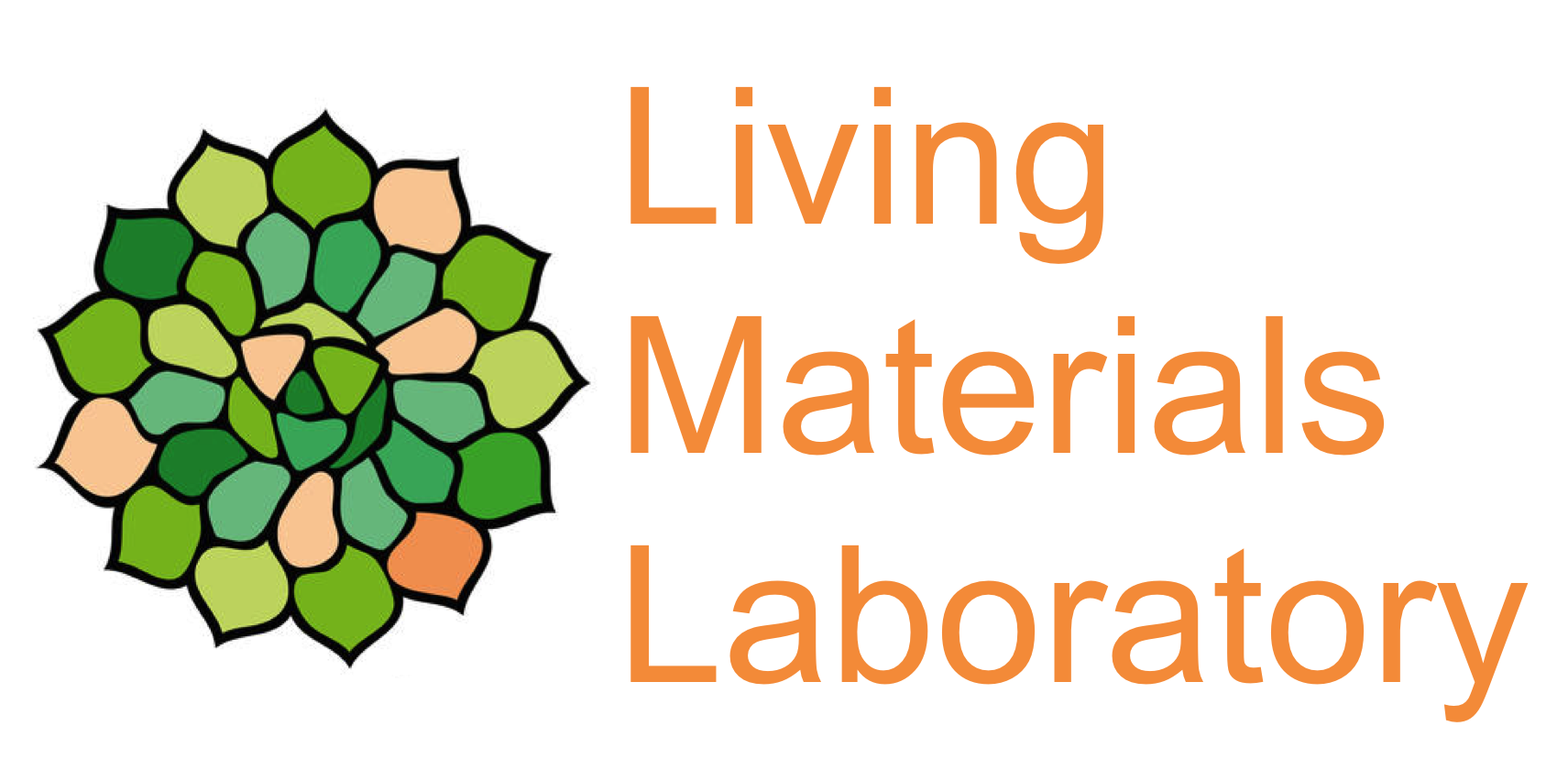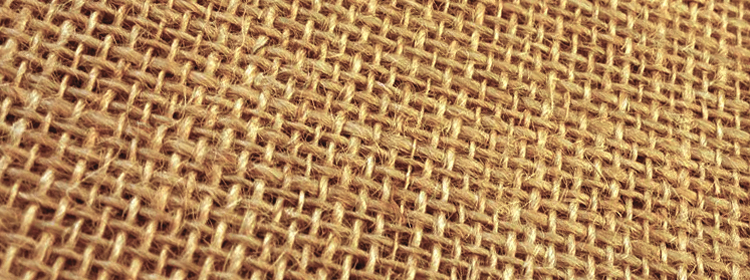 Living Materials Laboratory
Living Materials Laboratory
Srubar Research Group
About
/
People
/
Projects
/
Publications & Patents
/
Positions Available
/
Contact
Current Research Projects
Our current research projects address questions at nexus of materials science, architecture, and chemical, biological, environmental, and structural engineering. Due to the breadth and depth of our materials research endeavors, we actively collaborate with colleagues both within and outside of the Department of Civil, Environmental, and Architectural Engineering in the areas of polymer synthesis, computational mechanics, materials science, sustainability, bioengineering, and architecture. We are always looking to strengthen our research through the multidisciplinary perspectives of our colleagues.
Biological Production of Carbonates for Sustainable Cementitious Materials
The specific research goal of this project is to produce biologically precipitated calcium carbonate nanoparticles with distinct morphological architectures. The carbon storage potential of carbonates will be quantified and compared using process-based life cycle assessment. Structure-property relationships of biogenic carbonate nanoparticle additions on both fresh- and hardened-state properties of cement paste will be investigated to inform engineering specifications for biomineral use in cement paste, mortar, and concrete. The education goals of this project are (1) to mentor a new, diverse generation of materials scientists in a Living Materials Laboratory experience that will foster the creation of a new discipline at the intersection of synthetic biology and civil engineering; (2) to disseminate benefits of biological building materials by hosting a Carbon-Smart Building Materials Summit; and (3) to create graduate school pathways for lesbian, gay, bisexual, or transgender engineering students by engaging and mentoring them in interdisciplinary materials science research. Sponsor: National Science Foundation
A Photosynthetic Route to Carbon-Negative Portland Limestone Cement Production
The overarching goal of this project is to manufacture and commercialize a net-CO2-storing portland limestone cement using biogenic limestone produced from calcifying microalgae. Most cement-related CO2 emissions are caused by heating CaCO3 to produce CaO, which releases CO2 in the process. The technical premise of the proposed technology is to produce biogenic CaCO3 using coccolithophores, calcareous microalgae, that sequester and store CO2 in mineral and organic polymer form through biological direct air capture via photosynthesis and calcification. The harvested biogenic CaCO3 will be used to produce portland cement clinker. Biogenic CaCO3 will then be blended with the biogenic portland cement to produce net-CO2-storing portland limestone cements. The economics of CO2-storing portland limestone cement will be optimized by maximizing biomass productivity of coccolithophore cultures through a combination of artificial strain selection, genetic engineering, and growth optimization and through the valorization of non-CaCO3 algal biomass into high-value co-products. Sponsor: Advanced Research Projects Agency – Energy (ARPA-E)
Bio-inspired Restoration of Aged Concrete Edifices (BRACE)
Recent years have seen an emergence of so-called living materials, or materials that have the properties of living things. The DARPA Bio-inspired Restoration of Aged Concrete Edifices (BRACE) program aims to prolong the serviceability of Department of Defense structures and airfield pavements by integrating a self-repair capability into existing concrete. The central hypothesis of BRACE is that concrete can be infused with self-repair capabilities typically found in living organisms, drawing inspiration from vascular systems found in humans and vast networks of filamentous fungi that can span acres of land similar in scale to concrete buildings. Such systems could provide a network of transportation for healing within the depths of the material to repair cracks before they reach the surface and before they cause failure. Sponsor: Defense Advanced Research Projects Agency (DARPA)
Benchmarking Embodied Carbon in the Built Environment
The purpose of this research is to analyze typical commercial and residential building types and local building materials market to determine a local baseline for embodied carbon (kgCO2e/m2) based on standard local construction materials and techniques. This includes identifying areas of variation between local and global baselines to characterize opportunities for embodied carbon reduction, and identifying sound material and design approaches that result in lower embodied carbon quantities and fewer negative impacts on local air and water quality. The results of this work will inform AEGB ratings and policy to advance the sustainable building and construction materials markets and design techniques to meet the City of Austin Sustainability Goals and Initiatives around equity, climate change, environmental quality, the local green economy, and capacity building within the green jobs market without negatively impacting building safety and durability. Extend methodologies will be pursued to account for variation and uncertainty in life cycle assessment and develop a universal, simplified methodology for biogenic carbon accounting. Sponsor: City of Austin & Austin Energy
Process-Structure-Property Relationships of 3D Printed Earth Materials and Structures
Earthen materials are an emerging, sustainable alternative to cementitious materials because of their low embodied carbon, affordability, safety, and thermal characteristics. By using minimally processed materials and sourcing raw materials from the construction site, 3D-printed earth structures could substantially reduce transportation, chemical treatments, excess manufacturing, warehouse storage, and intermediary storages that are inextricably intertwined with cementitious materials. Using a range of bacterial and biopolymer binding agents, as well as bio-based fibers and nano-fibers reinforcing additives, this project will characterize printable mixtures of earth- and bio-based building materials & modernized versions of ancient technologies as a critical step for climate-friendly digital manufacturing of the built environment. In addition to creating new scientific knowledge for additive manufacturing using nonconventional materials, this project supports education and diversity by developing a graduate earth-based technology course and an extracurricular experience for students from marginalized communities that includes hands-on materials assessment, digital fabrication of an earth-based shelter, and community activities. Sponsor: National Science Foundation (NSF)

For more information or to get involved in these efforts, please contact Dr. Wil Srubar: wsrubar@colorado.edu.


 University of Colorado at Boulder / Department of Civil, Environmental, and Architectural Engineering
University of Colorado at Boulder / Department of Civil, Environmental, and Architectural Engineering
© 2013 W Srubar III